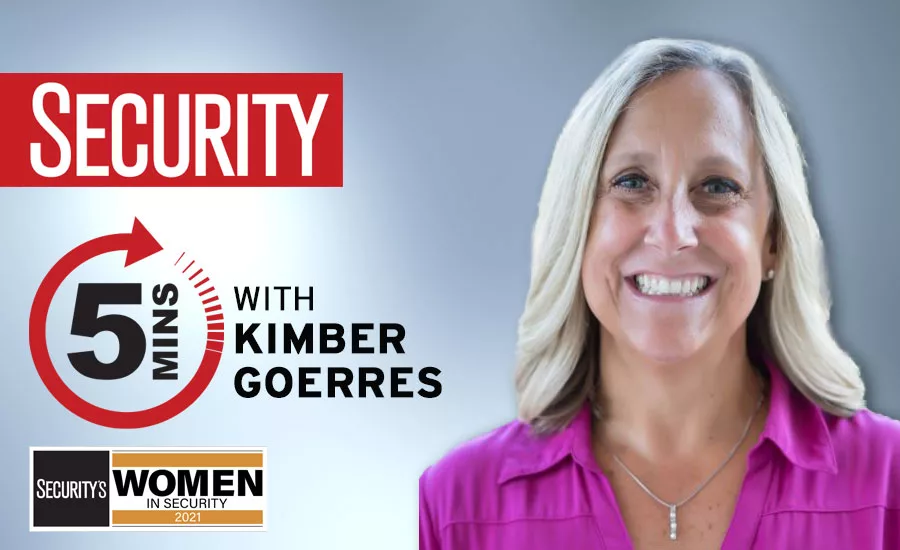Women in Security 2021 Edition
5 minutes with Kimber Goerres - Establishing technical security requirements

This year, we had an overwhelmingly positive level of interest in our Women in Security program. Due to the number of nominations received, the Security editorial team also chose several Women in Security nominees to celebrate throughout the rest of this year in special editions of our “5 Minutes With” articles and The Security Podcasts (which you can find on our site, as well as Apple Podcasts and Spotify).
Security spoke to Kimber Goerres, Security Systems Integration & Project Management Lead at Sony Electronics, who has served diligently in her role, ensuring the company’s error or down rate is nominal and establishing the technical security requirements for Sony offices globally. Goerres has been a key contributor to the success of Sony’s Security department and mission. Here, Goerres speaks about her role, establishing technical security requirements and ensuring improved security levels through risk, vulnerability and audit assessments.
Looking for a reprint of this article?
From high-res PDFs to custom plaques, order your copy today!






